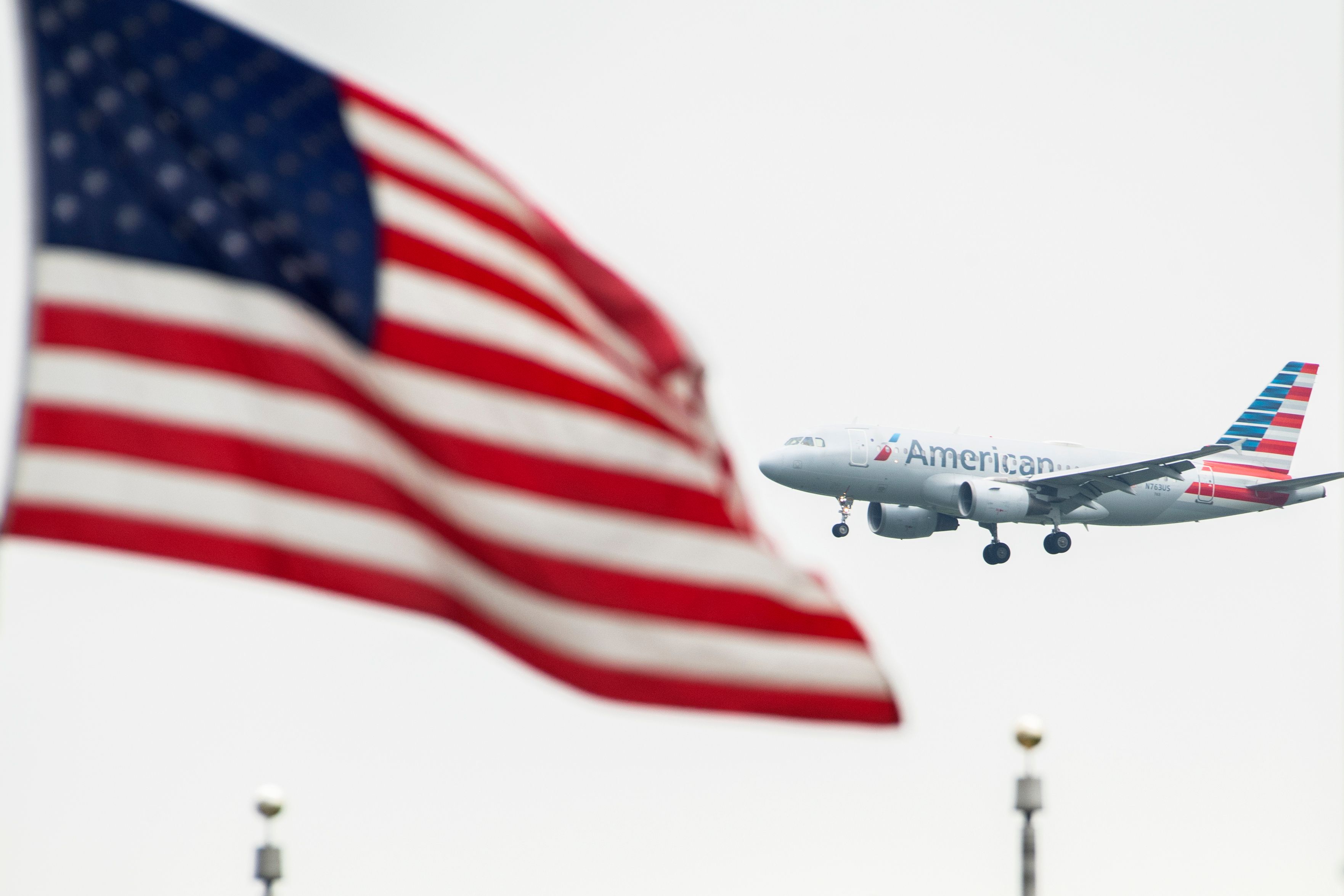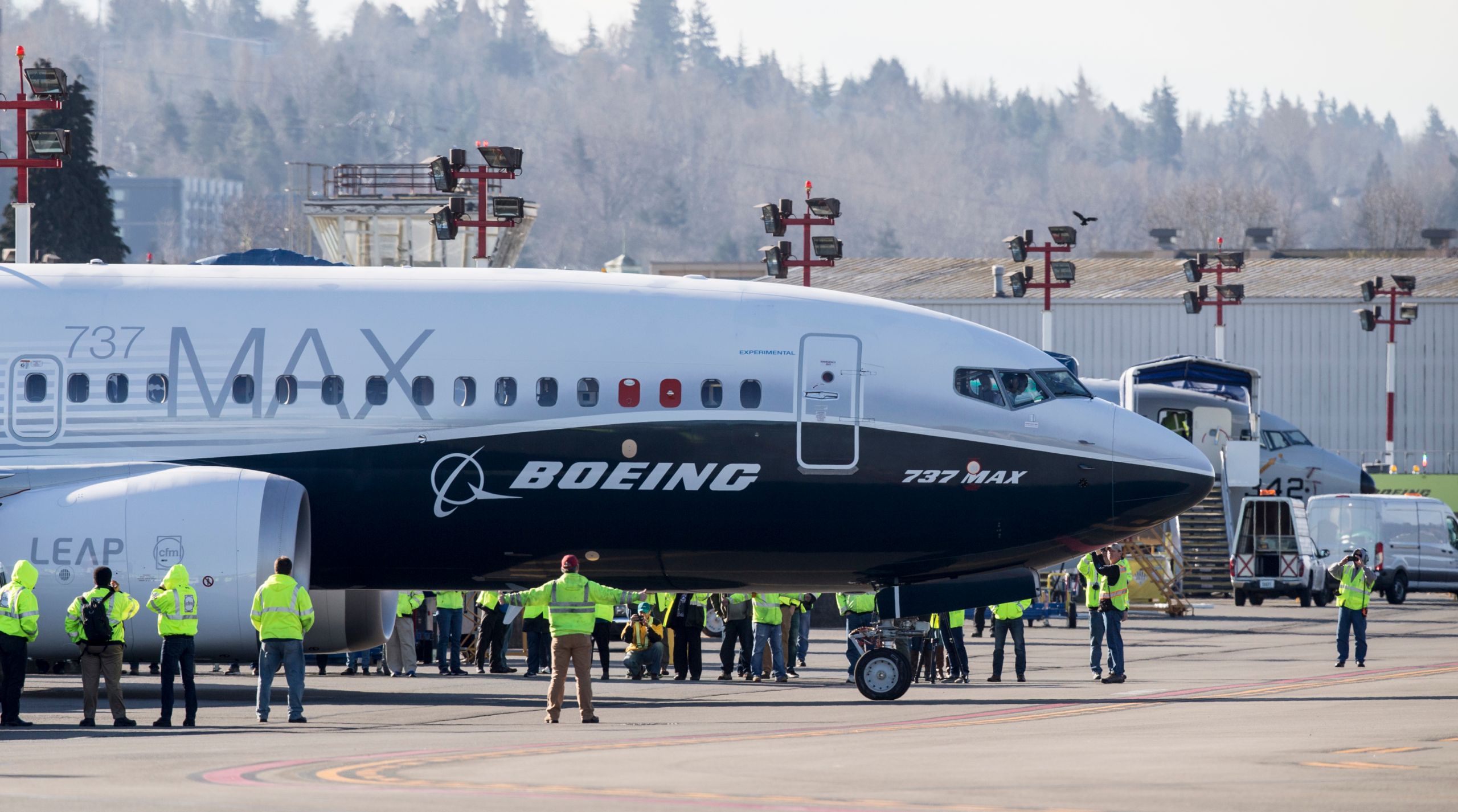The Federal Aviation Administration (FAA) has a goal to achieve net-zero greenhouse gas emissions industry-wide by 2050. With this in mind, the authority revealed its Aviation Climate Action Plan late last year. The group’s management this week spoke about how the strategy can help reach its ambitious goals.
Identifying the challenges
The FAA highlights the importance of recognizing the most significant contributors to GHG emissions in the country. Notably, jet fuel combustion from both domestic and international activity represents over 97% of the country’s aviation industry’s CO2 emissions. The remaining share is taken up by airport services and piston engine-aircraft. Moreover, the carbon emissions domestic flights are approximately the same as international flights.
So, with it being clear that jet fuel is the providing the largest challenge, the FAA is focusing on measures in this field. Efficient engines and sustainable aviation fuel (SAF) will see revolutions by the time the next decade arrives. Nonetheless, a balanced and collaborative approach is needed to cover all angles.
Working together
Kevin Welsh, the Executive Director of the Office of Environment & Energy at the FAA shared the following at the Sustainable Skies Summit in Farnborough, England, which Simple Flying attended:
“Our Centers of Excellence plays an important role along with our partnership with NASA and their sustainable flight national partnership program, looking at the next narrowbody aircraft in the 2030 timeframe. We also have a commitment to scale up 3 billion gallons of SAF production by 2030. Additionally, international action is essential. We don’t have all of the solutions yet. It’s a work in progress, but it’s an important way to both track the progress made in the United States and communicate with others about the direction that we need to go.”
The mission of Centers of Excellence program that Welsh mentions has a mission to assist in the development of the US’ technology base while educating the next generation of aviation personnel. General aviation safety, accessibility, and sustainability, along with aircraft noise and aviation emissions mitigation are all focus points for the initiative.
Regarding international action, the FAA notes that it is critical for the International Civil Aviation Organization (ICAO) to play a leadership role in this new chapter. Existing initiatives such as the Carbon Offsetting and Reduction Scheme for International Aviation (CORSIA) will okay a crucial role in lowering emissions for international flights.
Stay informed: Sign up for our daily and weekly aviation news digests.
Overhauls to come
Electric aviation will undoubtedly play a role in the coming years. Airlines and global manufacturers have all conceded the need to transition to other forms of propulsion in recent years amid climate goals. Hydrogen is another field that is heavily being looked at, with the FAA mentioning this element as a possible solution for short-haul aviation in its Action Plan.
However, Boeing, the US’ leading commercial aircraft manufacturer, has been pragmatic when it comes to hydrogen, unlike Airbus, which is relying on the element to bring zero-emission flight by 2035. Yet, we are seeing CFM, behind the engines of much of Boeing’s most popular aircraft, committed to the hydrogen notion. So, we are set to see considerable shifts this decade.
Altogether, more action is needed to reach 2050 targets. Welsh concludes that it’s important to form a clear ambition signal for international aviation.
What are your thoughts about the Aviation Climate Action Plan? What do you make of the focus areas? Let us know what you think in the comment section.



